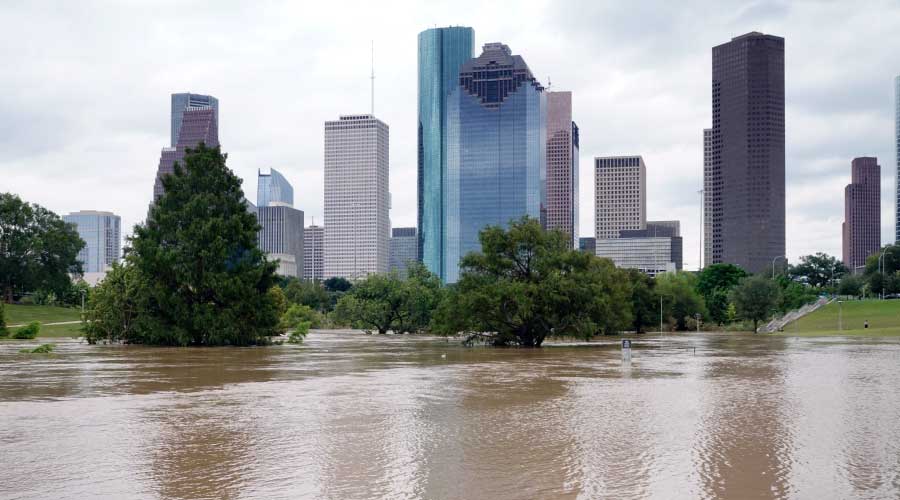What You Need to Know about Flood Insurance
Don’t just assume your facility’s flood insurance covers all scenarios. Here’s what you to know to make sure your facility can recover in case of a flood.
By Andy Simmons and Kenneth Travers, Contributing Writers
The trends in the last few years regarding the severity and frequency of natural disasters and storms are changing how businesses think of flooding. Unfortunately, due to some poor drainage situations, it has become evident that some weather events can cause more harm in areas that are typically not prone to flooding. This has shown that there is a clear benefit for building owners to take further measures to protect their facilities and property, going beyond the flood coverage as part of a larger business insurance plan.
Flooding Versus Inundation
When there is an overflow of water from a body of water like a lake or riverbed due to rainfall, this is considered a flooding event. By contrast, inundation happens when there is a large amount of water in an area that becomes submerged. This can happen if there is a large amount of rainfall in a short period of time, and there is a lack of proper drainage. Inundation is also known as pluvial flooding.
Infrastructure’s Role in Inundation
When a large amount of rain falls in a short period of time, it is important to have adequate drainage. If this does not happen, areas and places that don’t typically flood can become submerged.
Typically, stormwater from rain or snowmelt travels over impervious surfaces like roadways or parking lots and then collects and moves into different bodies of water such as rivers, lakes, bays, and oceans. However, over the decades, urban development has increased the amounts of impervious surfaces, and as a result also caused the risk of flooding due to increased runoff from large rainfall events to grow because the storm water systems were not developed to move large amounts of water in a short period of time. Urban sprawl has surpassed the original intention and capacity of the local infrastructure to contain heavy rains or a line of storms moving over the same area continually.
Another problem is that as building and housing development has increased over time, the contour of land has become altered, which has caused changes in how a property reacts to water. The continued expansion of impervious surfaces due to property development means water is less able to be absorbed into the ground, so it travels and collects and can cause flooding. As a result, inundation events are occurring more frequently.
Protecting Business Property from Flooding and Inundation
While most business owners buy flood coverage as part of a large business insurance plan, they should also take additional measures to protect their property. A flood emergency response plan is one way in which business owners can prepare for, respond to and recover from a flood. This plan should include details about an evacuation plan with employee responsibilities, sheltering-in-place procedures, medical emergency information, emergency response teams, and public emergency services and contractor contact information.
It is also a good idea to have a Water Damage Prevention Plan (WDPP), which includes routine site inspections to identify uncontrolled water damage exposures and basic maintenance to make sure drains are clean of debris and able to divert to a catch basin or low point away from the building. An effective WDPP plan also incorporates technology as an invaluable component and includes backflow preventers on sewer connections and water sensing technology to monitor the most vulnerable exposures. In addition, a trained team of water damage responders should be recruited to map and label all zonal shut off control valves, as well as maintain an updated list of contractor’s contact numbers for emergency purposes.
While it’s not easy to predict how water from a storm or natural disaster will impact businesses, it is essential for business owners to take proactive measures to help protect their company and property.
Andy Simmons is Head of Large Property at The Hartford. With over 25 years of experience in the insurance industry, Andy specializes in underwriting, as well as recruiting, building, and coaching local teams, while offering customized programs for risks in the Large Property market.
Kenneth Travers is Technical Manager – Property and Product Specialist for The Hartford. He has more than 43 years of experience in the risk engineering field developing and delivering loss control engineering services and assessment tools for complex businesses with a focus in natural catastrophe, business impact, supply chain and fire protection engineering applications.
Related Topics:












